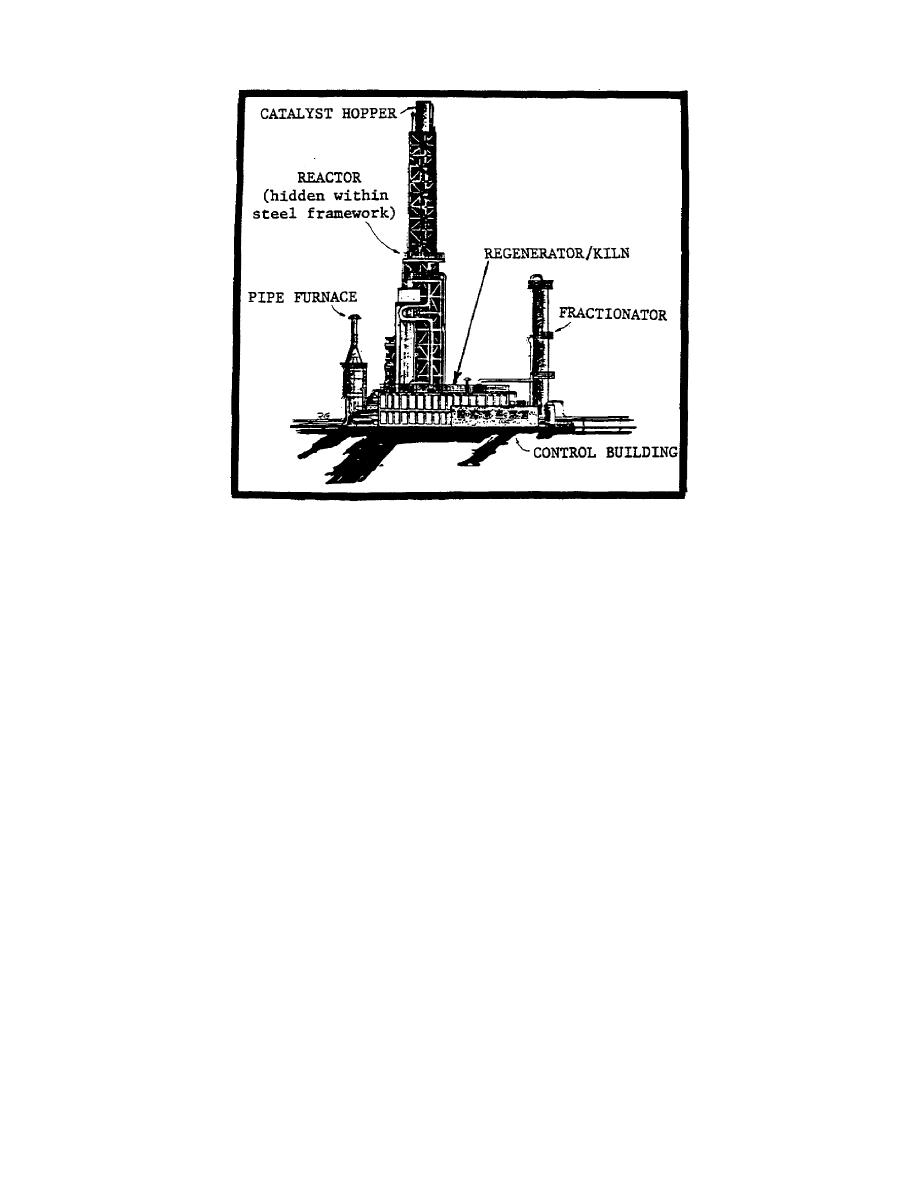
Figure 2-39. Moving Bed Catalytic Cracking Unit.
(d)
Fluid flow catalytic cracking unit uses a finely powdered bauxite
silica as the catalyst.
It flows through the unit's reactor with the gas-oil
charge in order to crack the hydrocarbons, thus the name, "fluid flow." Gas-oil is
heated in the pipe furnace and then piped into the reactor where it vaporizes. The
powdered bauxite silica catalyst is added to the heated gas-oil in the pipeline and
enters the reactor with the charge.
After flowing together through the reactor,
the gas-oil vapors and the catalyst are separated centrifugally. The cracked gas-
oil fractions are routed into the fractionator while the carbon-coated catalyst is
piped up to the regenerator. In the regenerator, hot air burns off the carbon and
revitalizes the catalyst.
Some of the bauxite silica cannot be revitalized and
must be replaced by fresh catalyst from a catalyst hopper.
Major recognition
features of catalytic cracking unit (Figure 2-40) include:
A large, tall unit (often over 200 feet)
Steel-frame superstructure which supports and obscures the components
Large oblate regenerator mounted on top of supporting superstructure
Smaller reactor located beside regenerator
One to three tall, thin, cylindrical catalyst hoppers which sit apart from
the components and near regenerator
Fractionating column near reactor
Pipe furnace
Small control building.
IT 0673
52



 Previous Page
Previous Page
